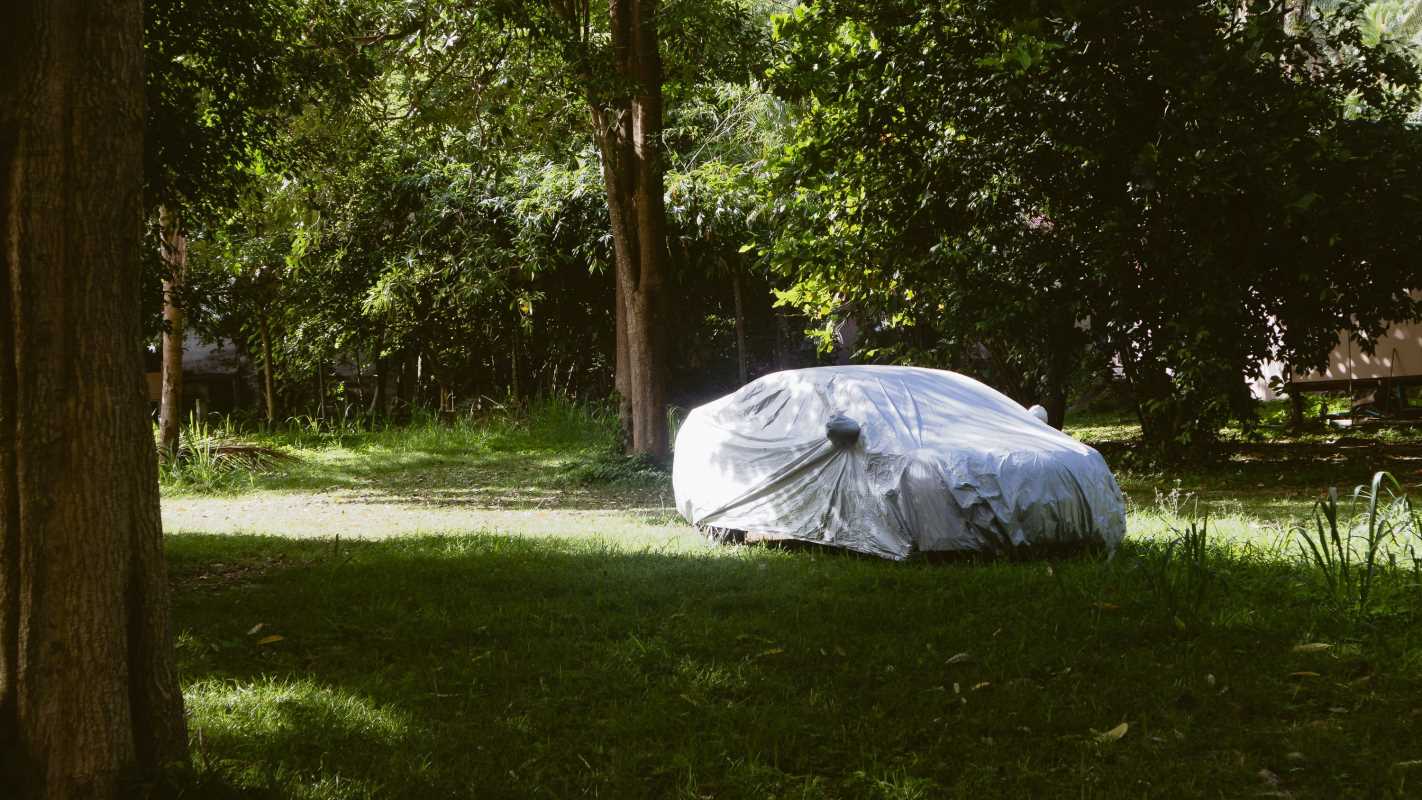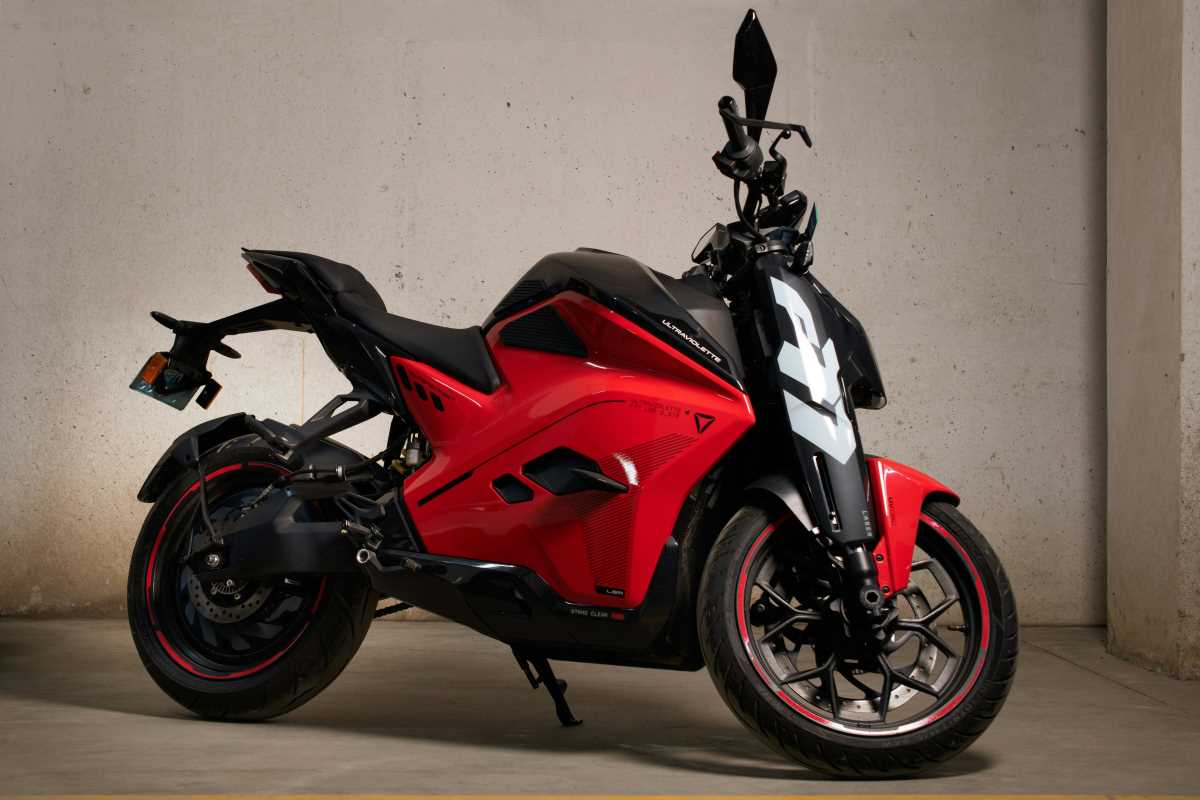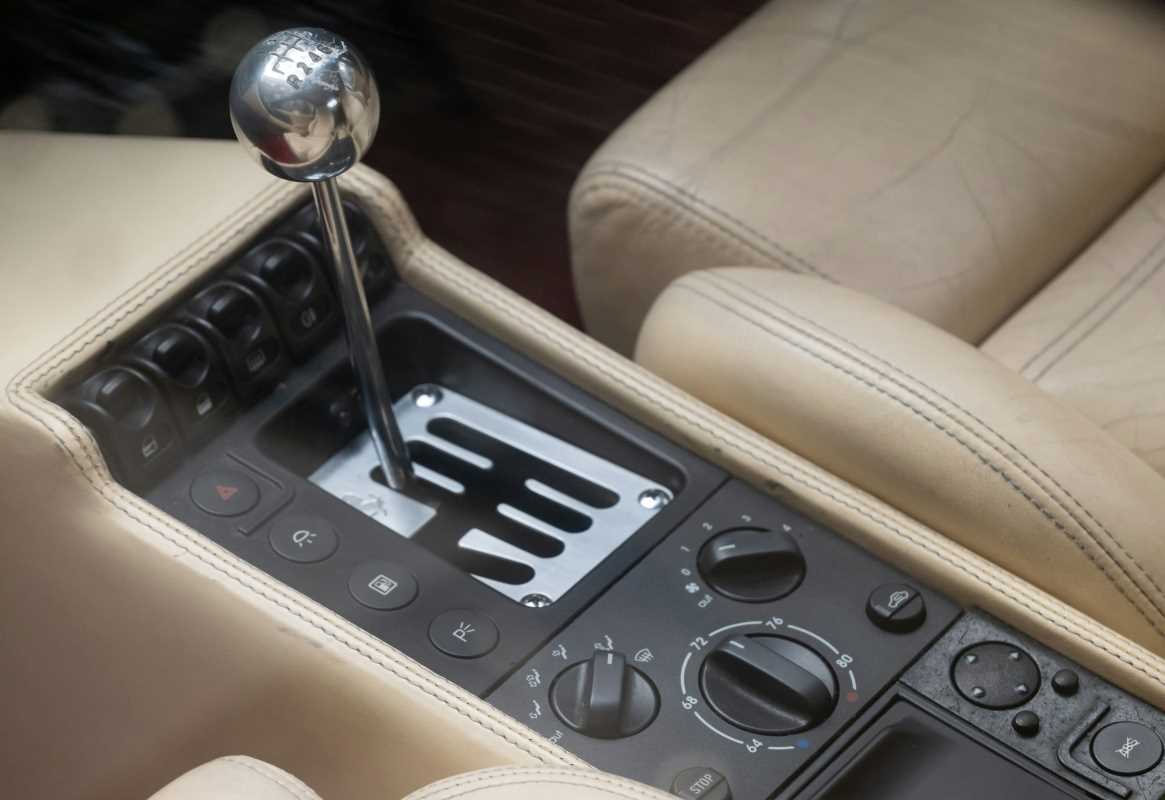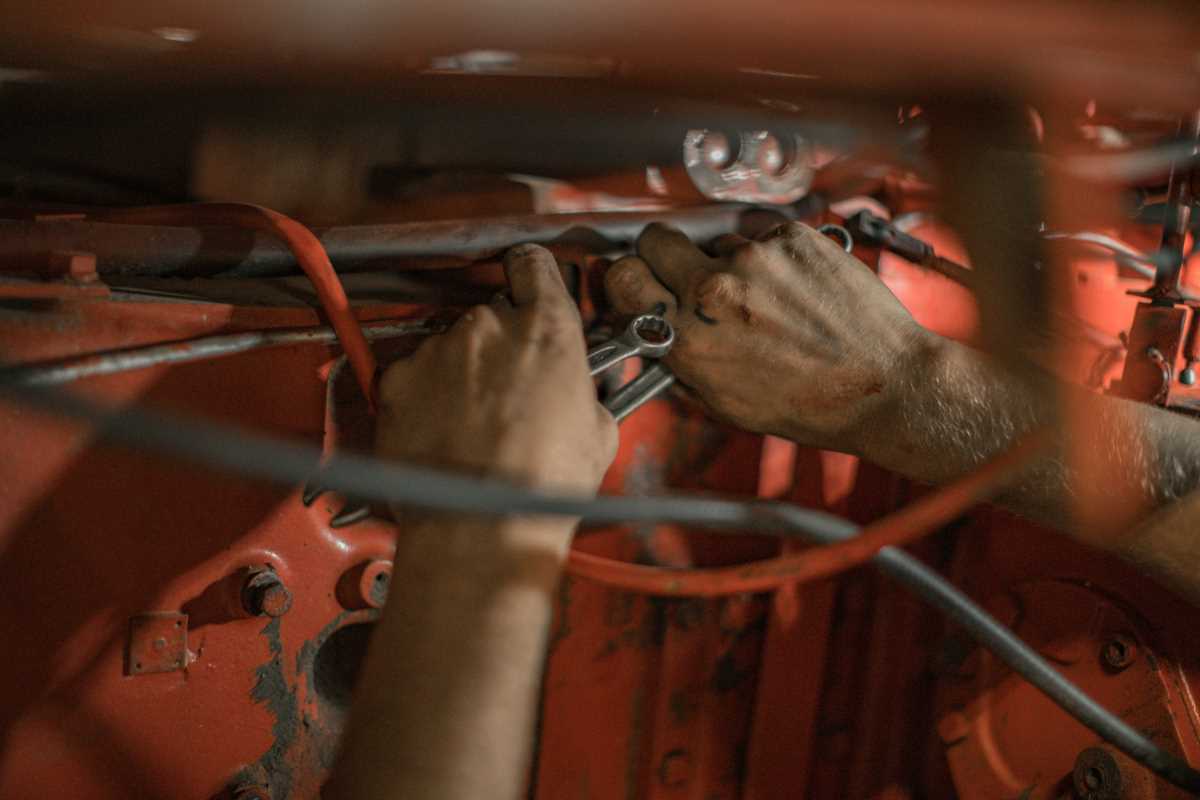Whether you’re taking an extended trip, keeping a beloved car off the road for a season, or simply waiting for a better use, storing your vehicle for a long stretch of time isn’t as simple as parking it and walking away. Cars are meant to be driven, after all, and prolonged inactivity can lead to a variety of problems if you don’t prepare properly.
From flat tires to surprise critter invasions (yes, it happens), the “park-and-forget” method has consequences. If you want your car to come out of hibernation in good health, follow these do’s and don’ts to avoid turning it into a mechanical time capsule.
Prepare Your Car Like It’s Going on Vacation
Before parking your car for the long haul, treat it like you’re sending it on a trip to paradise. Start with a thorough cleaning, both inside and out. Dirt, debris, and leftovers from your last snack run can attract rodents and lead to unpleasant smells. Plus, grit left on the paint can cause damage over time, especially when combined with moisture.
Once your car is sparkling clean, give the fluids some love. Change the oil and top off essential fluids like coolant, brake fluid, and windshield washer fluid. Old or low fluid levels can degrade during storage, leading to gunky buildups or even internal corrosion. Finally, fill up the gas tank to avoid condensation building up inside. Adding a fuel stabilizer can also help maintain fuel quality and prevent clogs in the system later.
Think of this step as sending your car into a spa session. A little extra care up front ensures it’s rested and rejuvenated when it’s time to hit the road again.
Mind the Tires and Their Health
A parked car may seem harmless, but its tires beg to differ. When your car remains idle, the tires are under constant pressure in one position, which can lead to flat-spotting. This happens when the weight of the car compresses the tires against the ground and alters their shape permanently. Nobody wants oblong tires.
To combat this, inflate your tires slightly above the recommended PSI level to account for slow natural air loss over time. If you really want to go above and beyond, invest in tire cradles or use jack stands to take the weight off them completely. This won’t just protect their shape but also prolong their lifespan.
Don’t forget to check their health when you’re back. Tires can look fine at a glance yet still suffer from cracks or dry rot, especially if your car was stored in direct sunlight or fluctuating temperatures.
Declutter Your Car to Keep Pests Away
A car sitting idle for months can turn into prime real estate for small critters in search of warmth and shelter. Mice, squirrels, and even insects might decide your car is the perfect hideaway, sometimes chewing wires or building nests in inconvenient places like your engine bay.
Start by removing all food (yes, even that granola bar wrapper under the seat) and vacuuming thoroughly. Keeping the interior clean will eliminate the scents that attract guests. For an extra precaution, place a few mouse deterrents inside your vehicle, such as cotton balls soaked in peppermint oil or specialty repellents from an auto store. It’s better to channel your inner pest-proofing pro than deal with chewed-up wiring or upholstery later.
Pay special attention to sealing the cabin and exterior openings. Covering exhaust pipes and air intakes with steel wool or heavy-duty tape can help prevent critters from crawling into hard-to-reach nooks.
Avoid Battery Blunders During Storage
One of the most overlooked aspects of long-term car storage is battery maintenance. Batteries don’t like to sit idle any more than engines do, and their charge can drain faster than expected when not in regular use.
You’ve got a couple of options here. If you don’t mind a bit of manual work, disconnecting the battery completely prevents electrical drain. Just don’t forget to store it in a cool, dry place and reconnect it when you’re ready to drive again. Alternatively, you can use a trickle charger (also known as a battery maintainer) to keep the battery charged without overdoing it. This is perfect if you don’t want to hassle with wires.
Whatever route you choose, not addressing the battery in advance can lead to the heartbreak of returning to a dead car, and nobody wants that reunion.
Keep Mother Nature in Check With Proper Covering
Leaving your car exposed to the elements for a prolonged period can wreak havoc on its exterior. Rain, snow, UV rays, tree sap, and even dust can degrade paint and trim, leaving your car looking less than stellar. The simple solution? Cover it up.
If you have access to a garage, that’s ideal. A car kept out of the weather is a car ready to roll when the time comes. For outdoor storage, invest in a high-quality, weatherproof car cover. Look for one that fits snugly, is breathable (to prevent moisture buildup underneath), and offers UV protection. Cheap tarps might save a buck but can end up causing scratches and failing to protect your car adequately.
Also, don’t forget the windshield. For long-term outdoor storage, a sunshade might feel over-the-top, but it helps protect the interior from UV damage and fading, keeping everything fresh and crisp.
Quick Tips to Make Storage Stress-Free
For an even smoother experience, consider these pro-level tips:
- Take it for a spin periodically: Even short drives can keep the engine running smoothly and prevent flat spots on tires.
- Release the parking brake: Prolonged use of the parking brake can cause it to stick. Use wheel chocks instead.
- Crack open a window slightly: This improves airflow and prevents musty odors. (Provided you’re confident pests can’t sneak inside.)
- Protect wiper blades: Lift them off the windshield or wrap them to avoid sticking over time.
- Check for insurance and registration requirements: Some states have rules about maintaining coverage, even during inactivity.
Each small step helps make sure your car stays in great shape without becoming a headache when storage ends.
Bring Your Car Out of Storage the Right Way
When the big day comes to get your car back on the road, don’t just hop in and zoom off. First, clear away any covers or tape you used to shield openings and drive out any critters who may have wandered in despite your best effort. Check the vehicle for signs of fluid leaks, and make sure your tires are at the correct pressure.
Reconnect the battery (or unplug the trickle charger), and inspect all fluid levels to ensure everything’s topped off and in working order. While you’re at it, test your lights, wipers, and brakes. A quick pre-drive inspection now could save you from regrettable surprises during your first drive.
Starting the car will take a little patience. Give it a moment to warm up and circulate oil evenly. Once everything looks good, take an easy test drive to confirm that it’s performing smoothly.
Treat Long-Term Storage Like Investment Maintenance
Storing your car for an extended period doesn’t have to be a neglected afterthought. With the right combination of preparation, protection, and occasional check-ins, you can ensure your vehicle stays as reliable as the day you parked it. Think of storage as an investment, not just in your car’s functionality but in your peace of mind.
Whether your car is a sporty coupe taking a seasonal break or an old favorite waiting for its next adventure, following these simple guidelines ensures that hibernation doesn’t turn into a mechanical nightmare. After all, nothing feels better than turning the key, hearing a clean start, and hitting the road without a hitch.







